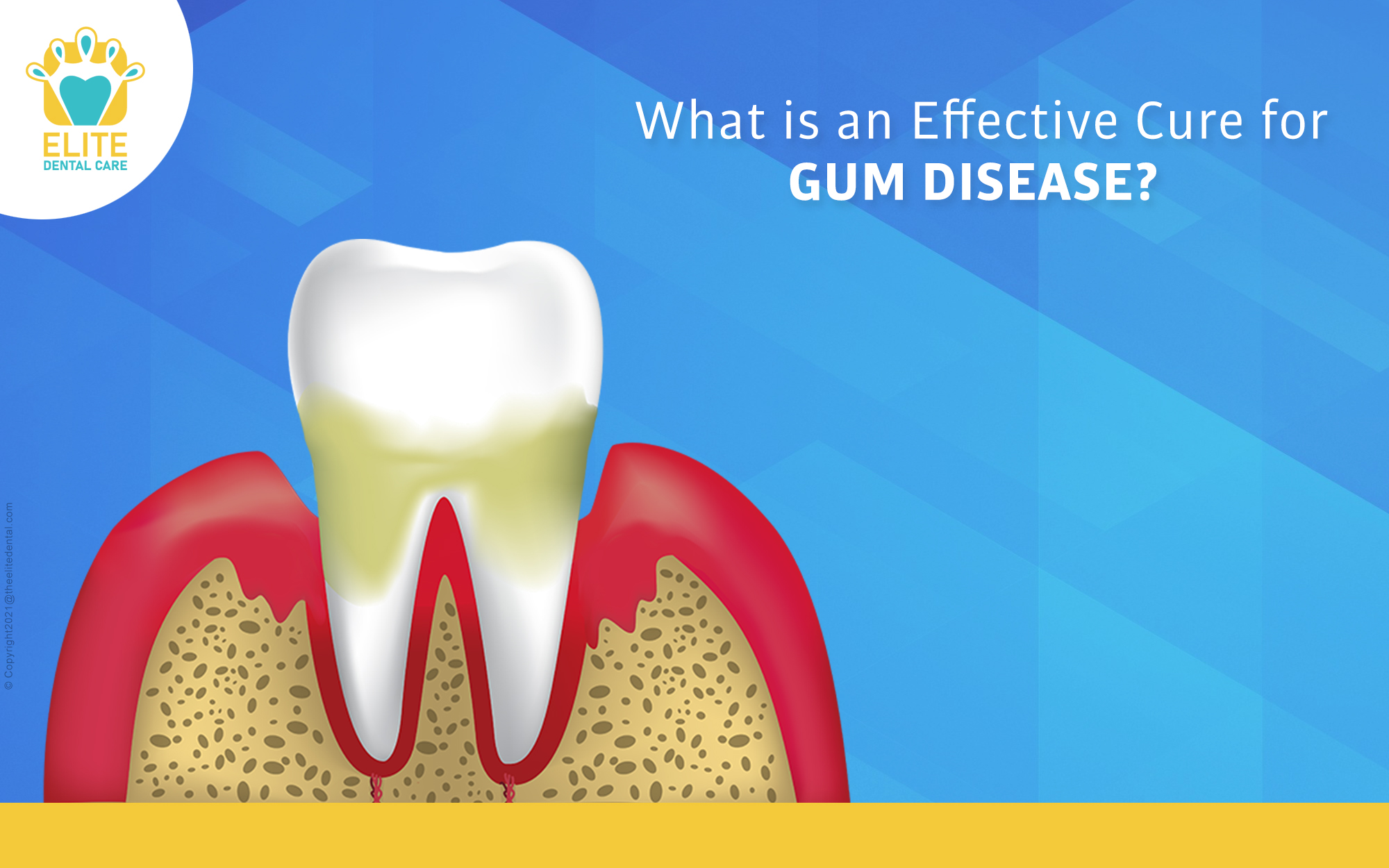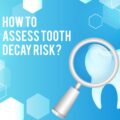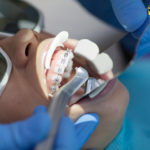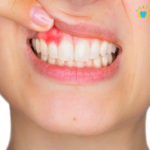
flossinghygiene tipsTeeth WhiteningTooth Extractionveneer
edental
7 June 2022
What is an Effective Cure for Gum Disease?
If you were looking for an effective cure for your gum-related ailments, you’ve made it to the right page. We have put together all the symptoms, home remedies, non-surgical treatments, surgical treatments, and more such information.
There are several types of gum diseases, starting from gingivitis (inflammation of the gums) to periodontitis, which causes the gums to pull away from the teeth, allowing for a more severe infection.
The gums pull away from the teeth, allowing an infection to become more serious. Without treatment, gum disease can erode the bone that supports your teeth, resulting in multiple oral health conditions.
You can follow these three treatments from home remedies to non-surgical surgical treatments to eliminate gum disease. Read below to know the procedure of each treatment.
What are the symptoms of gum disease?
Gum disease is a common disease which occurs at any age in a person. Hence, it is also preventable if you start to take care of it early. Here is the list of the main symptoms:
- Lost teeth
- Swollen gums
- Sensitive teeth
- Receding gums
- Bad breath
- Painful spots on the gums.
What are the home remedies for gum disease?
- Tea tree oil: Tea tree oil has antibacterial and antibiotic characteristics that can aid in the removal of germs and plaque. You should mix one drop of tea tree oil with your regular toothpaste. Be careful not to use too much tea tree oil or mistakenly consume it.
- Use of honey: Honey is also known to have antibacterial qualities that aid in the removal of germs that cause gum infections. Those suffering from periodontal disease may benefit from cleaning their teeth with raw honey afterward.
- Use of turmeric powder: Antiseptic and anti-inflammatory effects are found in turmeric powder. Turmeric can help produce an environment where germs die when used as toothpaste. Brushing your teeth twice a day with a paste made from turmeric and water is an excellent way to keep gum disease at bay.
- Good nutrition: Food is essential for your overall oral health. Some specific nutrients are required for healthy teeth and gums.
What is non-surgical treatment?
Here is the non-surgical treatment for gum disease.
- Professional dental cleaning: In routine dental examinations, plaque and tartar are removed from above and below the gum line of each tooth. Tartar is formed when plaque hardens on the tooth surface and can only be removed by a professional dental cleaning. If you show evidence of gum disease, your dentist may prescribe yearly professional dental cleanings more than twice. Active gum disease does not respond to dental cleanings. They are, nevertheless, a crucial preventative step that can help you delay the onset of the disease.
- Root and Scaling planning: This non-surgical thorough cleaning process involves scraping plaque and tartar from above and below the gum line (scaling) and smoothing rough places on the tooth root (planning). Smoothing off the wild places eliminates germs and gives the gums a clean surface to reconnect to the teeth. If your dentist or periodontist finds that you have plaque and calculus (hardened plaque, also known as tartar) behind your gums that have to be removed, they recommend scaling and root planning.
What are the surgical treatments for gum diseases?
Here are some surgical treatments for gum diseases:
- Flap or pocket reduction surgery: The gums are pulled back, and tartar is removed during this operation. In other circumstances, injured bone’s uneven surfaces are polished to reduce the number of places where disease-causing germs might hide. The gums are then fitted around the tooth so that the tissue. This treatment lowers the space between the gum and the tooth, reducing the places where dangerous bacteria can thrive and the risk of significant health issues linked with periodontal disease.
- Bone grafts: This surgery includes replacing bone that has been lost by gum disease with pieces of your bone, synthetic bone, or donated bone. The grafts serve as a foundation for bone development, restoring tooth stability. Tissue engineering is a new technique that stimulates your body to rebuild bone and tissue faster.
- Soft tissue grafts: This technique fills in areas where gums have receded or strengthen weak gums. Grafted tissue is sewn in place, usually from the roof of the mouth, to add tissue to the afflicted region.
- Bone surgery: Reduces the appearance of shallow cavities in the bone caused by mild to advanced bone loss. The bone around the tooth is modified after flap surgery to reduce cavities. It makes collecting and growing germs more difficult.
Conclusion
Gum disease is a preventable disease in which you just have to take extra care of your oral health. Above, we mentioned three effective treatments to get rid of gum disease, and you can follow them wisely so that you can have an effective cure for gum disease. We hope this article is valuable and beneficial to you.




